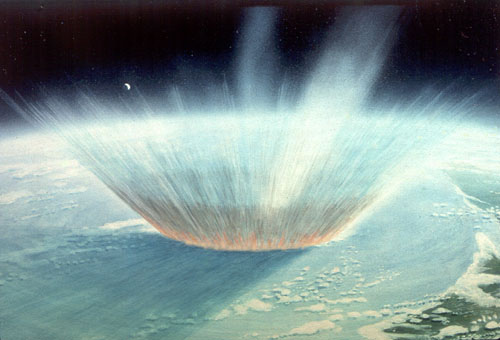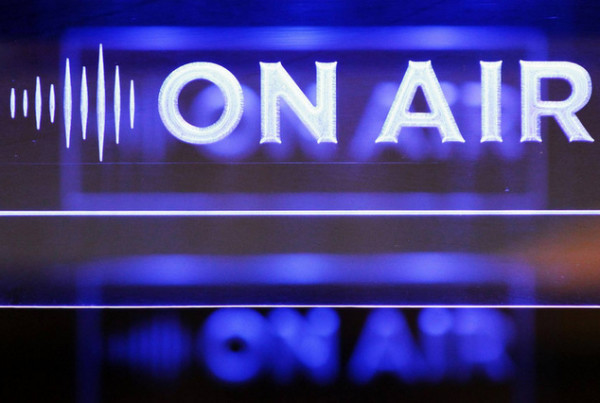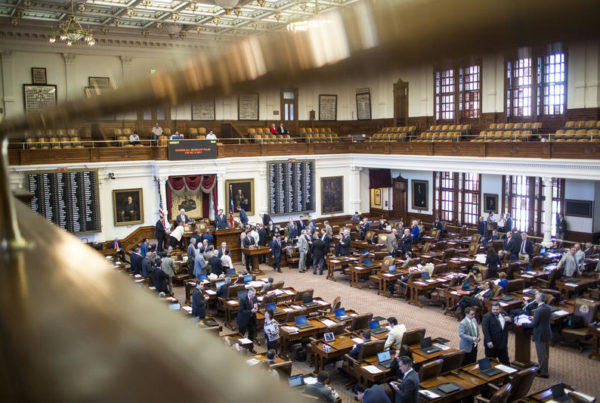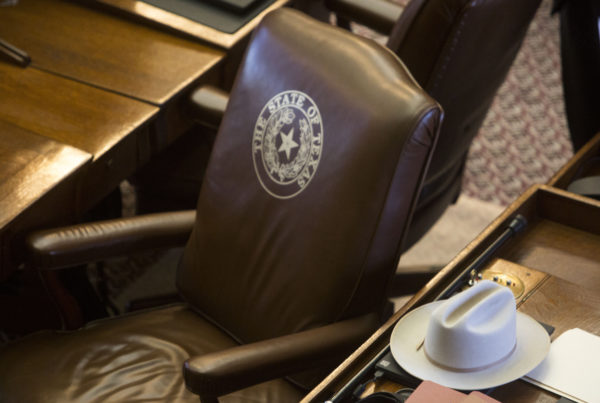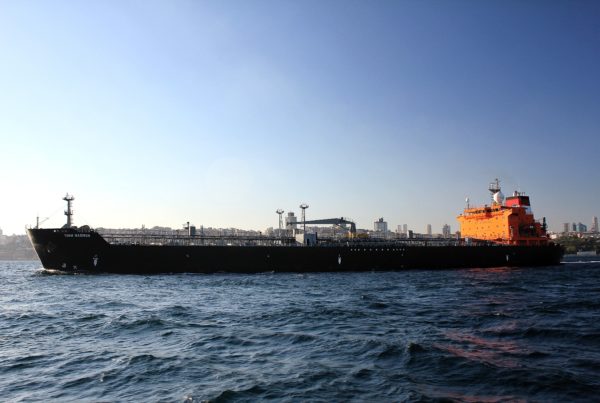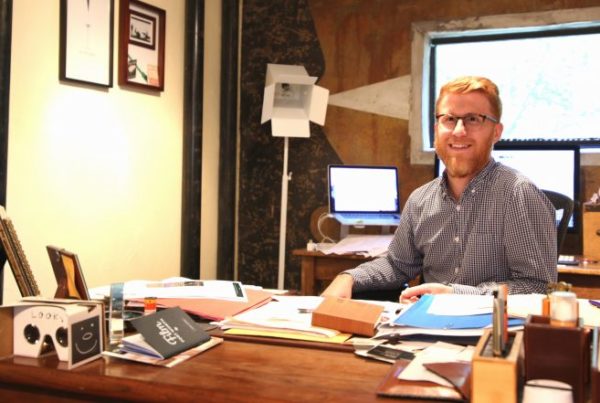Sixty six million years ago, a massive asteroid collided with the Gulf of Mexico, killing the dinosaurs in a mass extinction event. The event was catastrophic for many species, and it created a “dead zone” near the point of impact, where life struggled to come back.
New research from Chris Lowery at the Institute for Geosciences at the University of Texas at Austin has found that organisms were able to re-populate the area much more quickly than previously thought. Lowery discovered that microfossils in the Chicxulub crater, located in the Yucatån Peninsula of Mexico, show that life at the site of impact reappeared after approximately 30,000 years, roughly the same timeframe at which it reappeared in other locations around the globe.
“This is geologically very fast,” Lowery says.
This is also the first time researchers were able to study the recovery of life in a large impact crater. The Chicxulub is the youngest large impact crater on the planet – the only one tied to a mass extinction event and one of the largest in the world.
What you’ll hear in this segment:
– How this research changes previous theories of how and when life re-emerged after the asteroid’s impact
– What these microfossils reveal about the environment in the crater
– How this changes scientists’ understanding of what caused species to go extinct
Written by Molly Smith.


